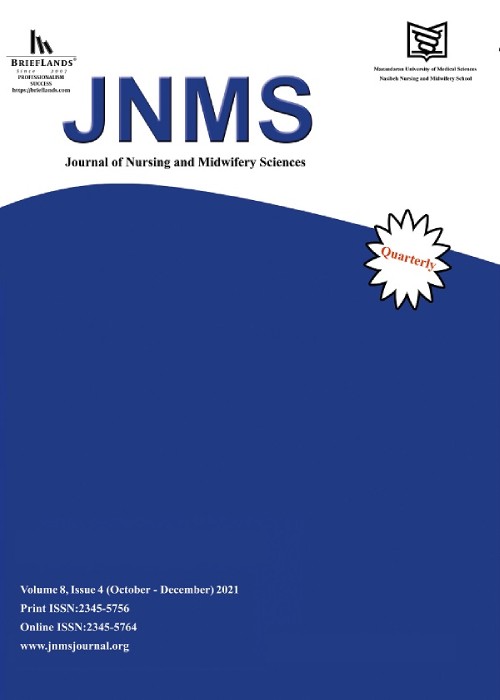Effect of Respiratory Telerehabilitation on Pulmonary Function Parameters and Quality of Life in Patients with COVID-19: A Randomized Controlled Trial
Given the heightened impact of post-COVID-19, active involvement in the rehabilitation process, particularly in respiratory rehabilitation, is essential for these patients. This study addresses the urgent need for developing and evaluating remote respiratory rehabilitation methods post-COVID-19, focusing on enhancing patients’ quality of life and pulmonary function.
The study aimed to investigate how respiratory telerehabilitation influences pulmonary function and the quality of life in this patient population.
In this randomized controlled clinical trial, 60 COVID-19 patients from two major hospitals in Mashhad were evaluated during 2021 - 2023. The control group received a training booklet and an incentive spirometer, while the intervention group participated in a telerehabilitation program. This program involved four-week daily respiratory rehabilitation exercises conducted online using the Skyroom platform. At the end of each session, the patient’s fatigue and shortness of breath were assessed using the Borg Rating of Perceived Exertion (RPE) Scale and the number of physical exercises completed. All patients completed the Quality of Life (QOL) Questionnaire and undertook the 6-MinuteWalk Test (6MWT). Heart rate, respiratory rate, blood oxygen saturation (SPO2), maximum inspiratory pressure (MIP), fatigue, and shortness of breath were measured on the day of discharge and two and four weeks post-discharge. Covariance (ANCOVA) and repeated measures analysis of variance (RMANOVA) were analyzed for data analysis.
In both baseline-adjusted and fully-adjusted ANCOVA models, the results indicated a significant intervention effect after 4 weeks for MIP (73.43 ± 5.77), SPO2 (96.90 ± 1.21), Borg scale score (9.77 ± 1.59), andMWT6(455.90 ± 37.70), (all P< 0.0001), with significantly higher changes observed in MIP, SPO2, Borg Scale score, and MWT6 after 2 weeks as well as after 4 weeks in the intervention group than the control groups. Also, in both models, the results indicated a significant intervention effect after 2 weeks as well as 4 weeks for physical functioning, role physical, vitality, social functioning, role emotional, Physical Health Scale score, and total SF36 score (60.37 ± 6.93) (P < 0.001).
Using bidirectional audio and video communication in the telerehabilitation of COVID-19 patients significantly improved their pulmonary functionandQOL. Basedonthese findings, it isrecommendedthat thismethodbe considered as an integralcomponentin rehabilitation programs for COVID-19 patients.
- حق عضویت دریافتی صرف حمایت از نشریات عضو و نگهداری، تکمیل و توسعه مگیران میشود.
- پرداخت حق اشتراک و دانلود مقالات اجازه بازنشر آن در سایر رسانههای چاپی و دیجیتال را به کاربر نمیدهد.


